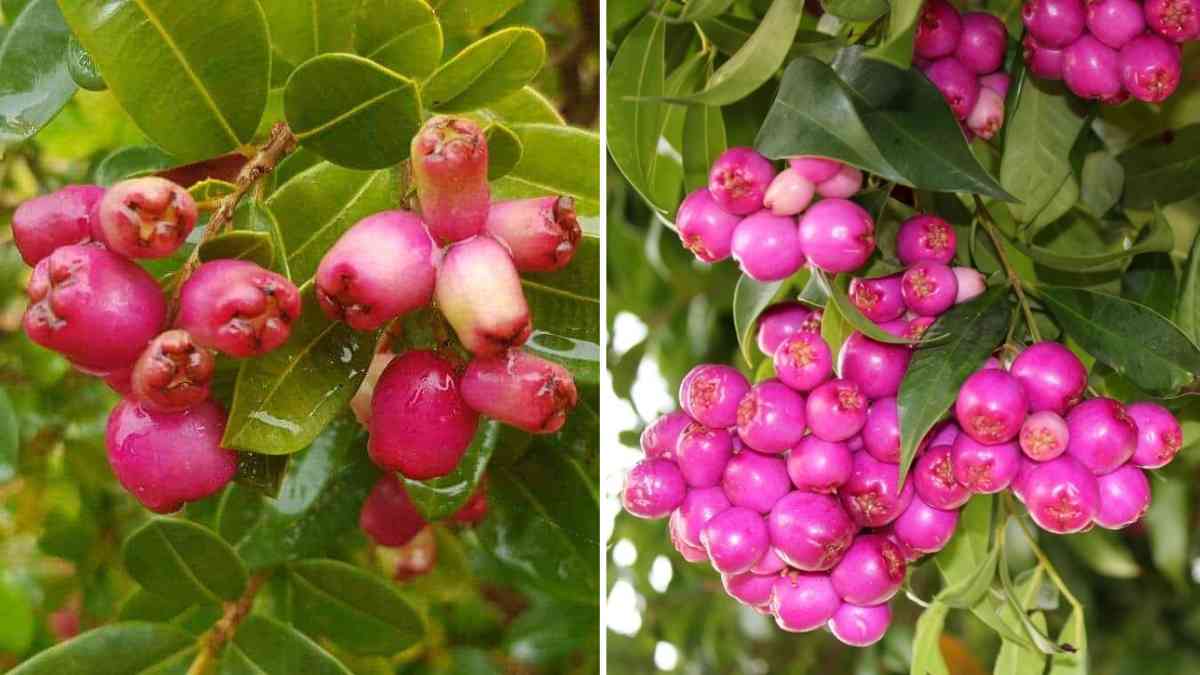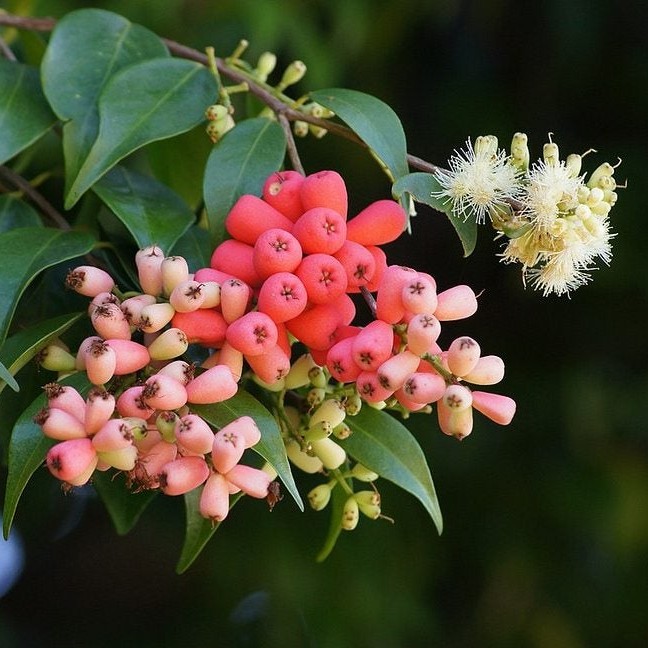Lilly Pilly: The Ultimate Guide to Australia’s Favorite Ornamental and Edible Plant

Lilly pilly is one of Australia’s most cherished plants, valued for its aesthetic appeal, fast growth, and edible berries. This evergreen beauty offers numerous benefits, whether used as a hedge, privacy screen, or feature tree. It is a staple in gardens and an integral part of the Australian ecosystem. This detailed guide will explore the history, varieties, benefits, uses, and cultivation techniques of the versatile lilly pilly.
What is Lilly Pilly?

Lilly pilly is a common name for a group of evergreen trees and shrubs from the Myrtaceae family, native to Australia and Southeast Asia. Known for their glossy green leaves, fluffy white to pale pink flowers, and vibrant berries, these plants are widely cultivated for ornamental and culinary purposes. They thrive in various environments and can be seen lining streets, gardens, and parks.
Popular Varieties of Lilly Pilly
Several species fall under the lilly pilly category, each with unique characteristics. Here are some of the most popular types:
1. Syzygium smithii (Common Lilly Pilly)
- Also known as Monkey Apple
- Grows up to 20 meters tall
- Produces pinkish-white berries that turn deep purple
- Ideal for hedging and privacy screening
2. Syzygium luehmannii (Riberry)
- Features smaller leaves and bright red, pear-shaped berries
- Berries have a tart, cranberry-like flavour with a hint of clove
- Used in jams, sauces, and desserts
3. Syzygium oleo sum (Blue Lilly Pilly)
- Recognizable by its blue-purple berries
- Slightly aromatic with a mild sweetness
- Excellent for attracting birds and pollinators
4. Acmena smithii (Creek Lilly Pilly)
- A compact and hardy variety
- Resistant to pests such as psyllids
- Forms dense foliage, making it ideal for hedges
Why Grow Lilly Pilly?
Lilly pilly offers numerous advantages, making it a favourite among gardeners and landscapers.
1. Fast-Growing and Low Maintenance
Lilly pilly plants grow rapidly and require minimal care, making them an excellent choice for homeowners seeking lush greenery without constant upkeep.
2. Privacy and Noise Reduction
Due to their dense foliage, lilly pilly plants act as natural sound barriers and provide privacy when planted as hedges.
3. Edible and Nutritious Berries
Lilly pilly berries are rich in antioxidants, making them a great addition to a healthy diet. They can be eaten raw or incorporated into a variety of dishes.
4. Attracts Wildlife
These plants are known for attracting birds, bees, and other beneficial insects, contributing to a thriving garden ecosystem.
5. Pest Resistance
Many lilly-pilly varieties resist common pests and diseases, ensuring long-lasting beauty and functionality.
How to Grow and Care for Lilly Pilly
1. Choosing the Right Variety
Before planting, consider your garden space, climate, and intended use. Some varieties grow taller, while others remain compact.
2. Ideal Soil and Location
Lilly pilly thrives in well-drained, fertile soil. They prefer full sun to partial shade and can tolerate various soil conditions, including sandy and clay soils.
3. Planting Process
- Dig a hole twice the size of the root ball.
- Place the plant in the hole and backfill it with soil.
- Water thoroughly to help establish roots.
- Mulch around the base to retain moisture.
4. Watering Requirements
Lilly pilly needs regular watering, especially during dry periods. Young plants require more frequent watering, while mature plants can tolerate short dry spells.
5. Fertilization
To encourage healthy growth, apply a slow-release fertilizer during the growing season. Organic compost or well-rotted manure also works well.
6. Pruning and Maintenance
Regular pruning promotes bushy growth and helps maintain the desired shape. Trim hedges a few times a year to keep them dense and compact.
Common Problems and Solutions
1. Psyllids Infestation
- Psyllids cause leaf bumps and deformities.
- Choose psyllid-resistant varieties like Acmena smithii.
- Use neem oil or insecticidal soap for treatment.
2. Fungal Diseases
- It can occur in humid conditions.
- Ensure proper air circulation and avoid overhead watering.
- Apply a fungicide if necessary.
3. Root Rot
- Overwatering can lead to root rot.
- Improve drainage and reduce watering frequency.
Culinary and Medicinal Uses of Lilly Pilly
Lilly pilly berries are visually appealing and versatile in the kitchen. Some common uses include:
1. Jams and Jellies
Their tart flavour makes them perfect for jams and jellies, often with sugar and citrus.
2. Sauces and Chutneys
The berries can be cooked into sauces and chutneys to complement meat dishes.
3. Herbal Teas and Infusions
Dried or fresh lilly pilly berries can be steeped into teas for a refreshing and antioxidant-rich beverage.
4. Desserts and Baking
Lilly pilly berries can be used in muffins, cakes, and pastries, adding a unique twist to traditional recipes.
5. Skincare and Medicinal Uses
Rich in vitamin C and antioxidants, Lilly pilly extracts are used in skin care products to promote healthy skin. Indigenous Australians have used them for centuries to treat infections and wounds.
Conclusion
Lilly Pilly is a remarkable plant with beauty, functionality, and nutrition. Whether you are looking for an attractive hedge, a privacy screen, or a source of edible berries, this evergreen wonder is a perfect addition to any garden. By understanding the best practices for growing, maintaining, and utilizing Lilly Pilly, you can enjoy its benefits for years. If you’re considering adding greenery to your space, the resilient and versatile lilly pilly should be at the top of your list!



